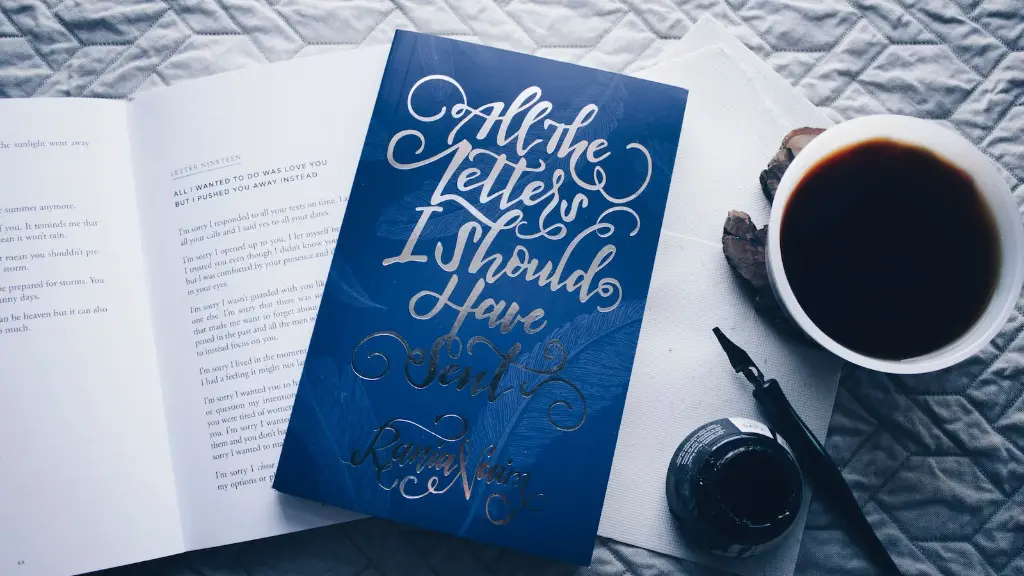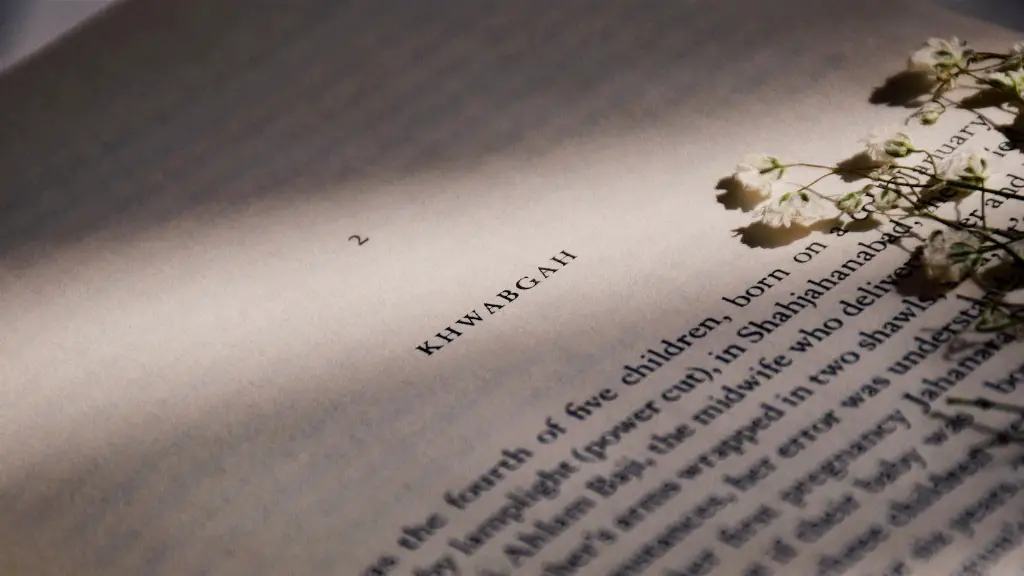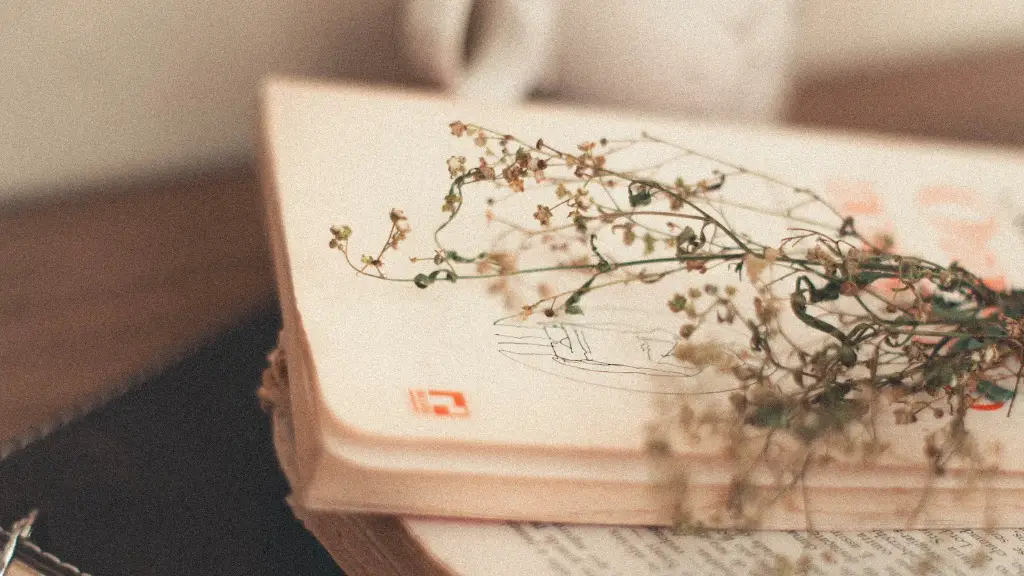Have you ever heard of a stanza in a poem? A stanza is a group of lines in a poem that divides it up into sections. It is similar to a paragraph in a book, but it has a unique purpose in a poem. The structure of a poem often follows a particular pattern of stanzas, known as the stanzaic form. This can help establish the rhythm and tone of a poem, as well as the overall theme.The use of stanzas in poetry dates back to the early days of literature when verses were written and oral stories were told. In language, a stanza is defined as a ‘group of lines forming the fundamental metrical unit in a poem’. Basically, a stanza consists of lines of text which are separated from each other by a blank space. The number of lines in a stanza is usually consistent from one poem to the next.
Over time, the use of stanzas has evolved to encompass a wide range of styles and forms, from traditional to contemporary.
Some of the most common types of stanzaic forms include the quatrain, the couplet, the sestet, and the ballad stanza. The quatrain is a four-line stanza where the first and third lines rhyme with each other, and the second and fourth lines rhyme with each other. The couplet is a two-line stanza that rhymes. The sestet is a six-line stanza where the first four lines are in one form and the last two lines are in a different form of rhyme. And the ballad stanza is a four-line stanza that follows a specific rhyme scheme.
Stanzas have a major role in shaping the rhythm and sound of a poem, as they provide the structure on which to place the words and lines of a poem. This allows the poem to flow in an organized manner that is easy to understand. Poets use stanzas to divide their poem into different sections, which can help make the poem easier to follow. Additionally, the use of stanzas also helps to build suspense, as the poem progresses from one section to the next.
In order to properly convey a message to the reader, poets usually strive to adhere to the rules of stanza construction. This requires considering the appropriate length of the stanza, the number of lines, the pattern of rhyme, and the meter of the poem. Each of these elements is important in order to make the poem flow properly and create an effective poetic device.
When writing poetry, it is important to remember that the use of stanzas is an integral part of the poem’s structure. By using stanzas, poets are able to create a clear and organized structure for the poem that can easily be followed. To ensure the poem follows a stanzaic form, poets should make sure to adhere to the appropriate rules of stanza construction.
The Role of End-Stopped and Enjambment in Stanzas
The use of end-stop lines in stanzas can help the poet to emphasize a certain line or point. End-stopping occurs when a line ends with punctuation before the line ends, which creates a single phrase or sentence. This can create a sense of pause in the poem and help to emphasize the line or point that is being made. On the other hand, enjambment occurs when the phrase or sentence is continued to the next line of the poem, which creates a sense of continuous momentum. Both end-stopping and enjambment can be used to enhance the flow of the poem and help to create an overall rhythm.
The way a poet chooses to use end-stopping and enjambment can also help to create contrast between lines and stanzas. By creating contrast, a poet can help emphasize certain ideas or points that are being made in the poem. For example, a poet may choose to use end-stop lines in one stanza and enjambment in the next stanza to create a contrast between the two sections. Similarly, a poet can create a contrast between two lines by alternating end-stopping and enjambment, which can help to draw the reader’s attention to the contrast between the two lines.
The use of end-stopped and enjambed lines in poetry has been used for centuries and continues to be used in modern poetry. By employing a combination of these techniques, a poet can create a sense of structure and flow in their poems, while also creating contrast and emphasis.
Rhyme in Stanzas
Rhyme has long been one of the most important aspects of poetry and the use of rhyme in stanzas can be a powerful tool for creating rhythm and drawing the reader’s attention to particular words or ideas. By using a particular rhyme scheme, a poet can create a consistent pattern of sound in their poem. This can give the poem a sense of structure and order that can help to keep the reader’s attention.
Poets also use rhyme to emphasize certain words or ideas. By rhym


